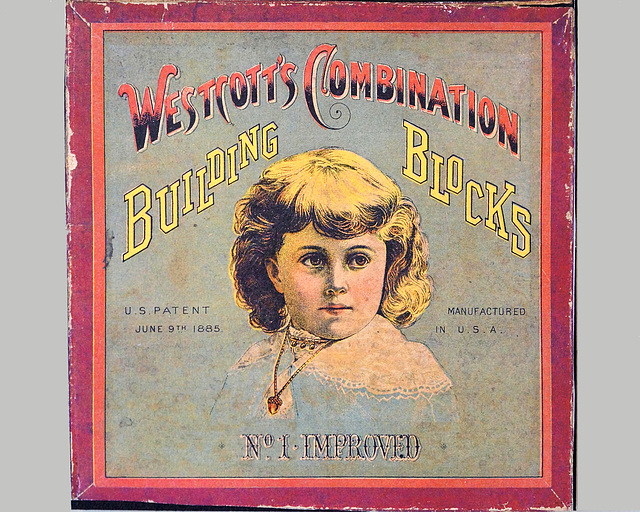Pawn Shop Indian – Cathcart Street, Santa Cruz, Ca…
Pawn Shop Indian – Cathcart Street, Santa Cruz, Ca…
The Del Mar Theatre – Pacific Avenue, Santa Cruz,…
Art Deco Marquee – Pacific Avenue, Santa Cruz, Cal…
Macy's Gets Racy – Herald Square, New York, New Yo…
Hot Dog Stand – Herald Square, 35th Street and Bro…
Victoria's Secret – Herald Square, 34th Street and…
Eating, Drinking & Gathering Place – Ovid Street,…
The Rocket Sign – 7th Street N.W., Between G and H…
Bicycle Shop Sign – Smithsonian American Art Museu…
"Tod the Cod" – Steveston, British Columbia
The Flying Orca Statue – Steveston, British Columb…
Perogy Place – Granville Island Market, Vancouver,…
Making Stock – Granville Island Market, Vancouver,…
Bus Shelter Advertisement – Robson Street, Vancouv…
A Big Fish Tail – The Prudential Center, Boston, M…
The Scrap of the Century – Nanny's Bakery and Deli…
Turret Cigarettes Sign – Westmore Avenue and Sherb…
Bus Shelter – Réné-Lévesque Boulevard at Peel Stre…
Lube-Filter-Oil – East Colfax Avenue, Denver, Colo…
Fire House Car Wash – East Colfax Avenue, Denver,…
Cigar Store Indian – East Colfax Avenue, Denver, C…
The Satire Lounge – East Colfax Avenue, Denver, Co…
Identity Theft – An Abandoned Funeral Parlour, Eas…
Bound by Design – East Colfax Avenue, Denver, Colo…
The Lion's Lair – East Colfax Avenue, Denver, Colo…
Pete's Kitchen – East Colfax Avenue, Denver, Color…
Apprentice Specials – East Colfax Avenue, Denver,…
The Endorsement of Champions – United States Golf…
Beech-Nut Gum Ad – United States Golf Association…
The Rear End of the Bus – The Glen, Westmount, Qué…
How They Sell Beer in Vancouver
A Reflection of Good Taste – La Casa Gelato, Vanc…
Ice Cream Conical Symmetry – La Casa Gelato, Vanco…
"A Canadian Heritage Classic" – La Casa Gelato, Va…
BoConcept – Georgetown, Washington DC
Location
Keywords
Authorizations, license
-
Visible by: Everyone -
All rights reserved
- Photo replaced on 06 Oct 2013
-
280 visits
Westcott's Building Blocks – Museum of Waterways and Industry, Fall Street, Seneca Falls, New York


Henry Westcott was born in Newport, Rhode Island in 1808 where he learned the sash and blind makers’ trade. Later, he started his own company together with his brother Edwin and an associate called Hiram Miller to manufacture sash, doors and blinds. After retiring from this business, he moved to Seneca Falls in 1847 to embark in the manufacture of an improved churn and butter pail on which he had secured patents. Also this business proved to be a success, mainly because Henry Westcott invented and built machinery to make the wooden products he sold, while competitors were still making them by hand. In 1868, at the age of 60, he sold his interest in this company.
In 1872 Henry, along with his two sons Charles and Frank, established the firm Westcott Brothers to manufacture a variety of wood specialties. While Charles concentrated on operating the factory and Frank on selling the products, here too, Henry’s experience and inventive genius were responsible for the company’s growth. When Henry retired in 1890, the company was renamed to Westcott Bros. Co. and expanded into numerous products like toy blocks and other games. The toy blocks advertised above were small six-sided objects, generally each with letter or number on two of its sides. The blocks were grooved to interlock.
In 1872 Henry, along with his two sons Charles and Frank, established the firm Westcott Brothers to manufacture a variety of wood specialties. While Charles concentrated on operating the factory and Frank on selling the products, here too, Henry’s experience and inventive genius were responsible for the company’s growth. When Henry retired in 1890, the company was renamed to Westcott Bros. Co. and expanded into numerous products like toy blocks and other games. The toy blocks advertised above were small six-sided objects, generally each with letter or number on two of its sides. The blocks were grooved to interlock.
- Keyboard shortcuts:
Jump to top
RSS feed- Latest comments - Subscribe to the comment feeds of this photo
- ipernity © 2007-2024
- Help & Contact
|
Club news
|
About ipernity
|
History |
ipernity Club & Prices |
Guide of good conduct
Donate | Group guidelines | Privacy policy | Terms of use | Statutes | In memoria -
Facebook
Twitter

Sign-in to write a comment.